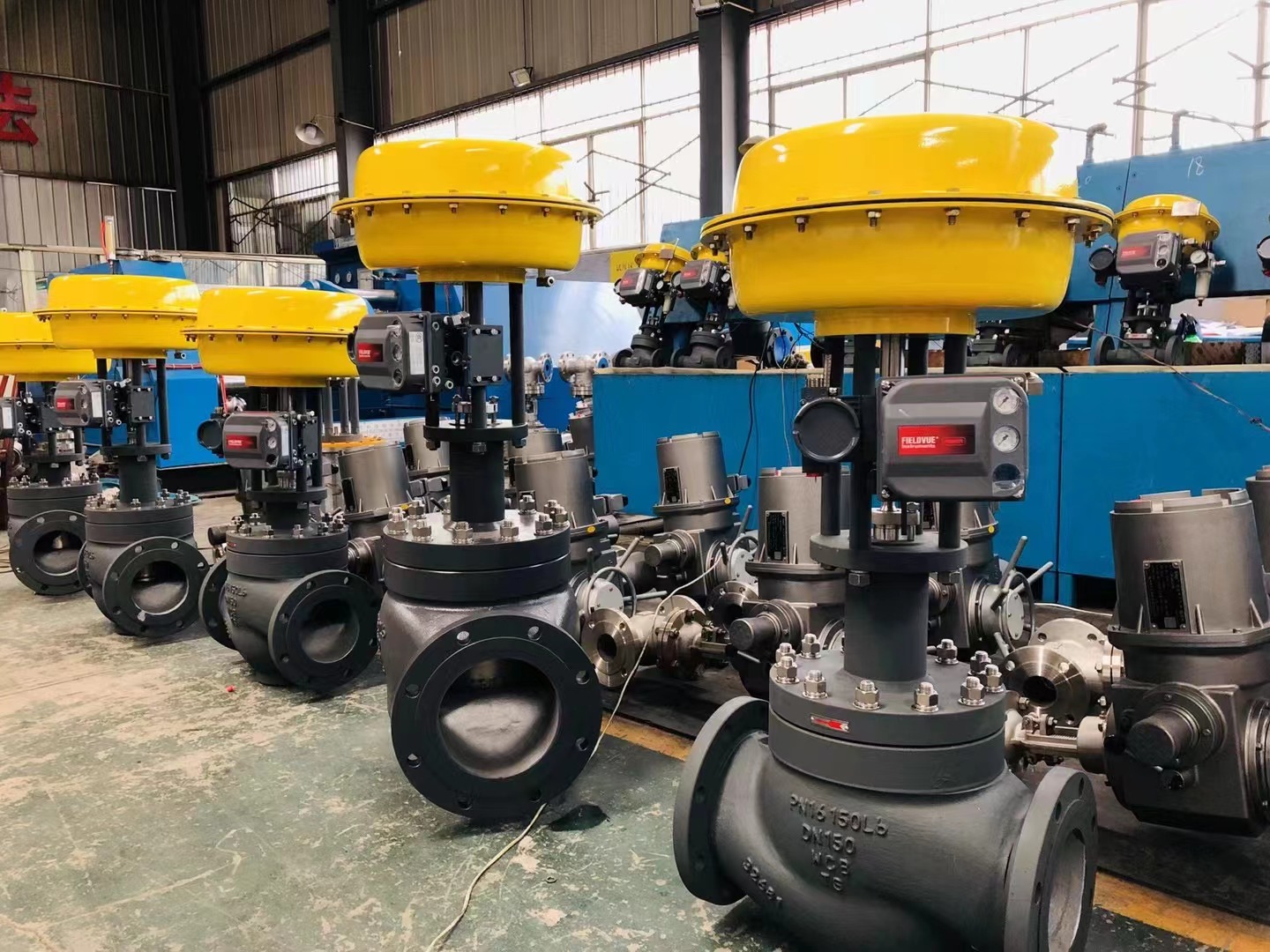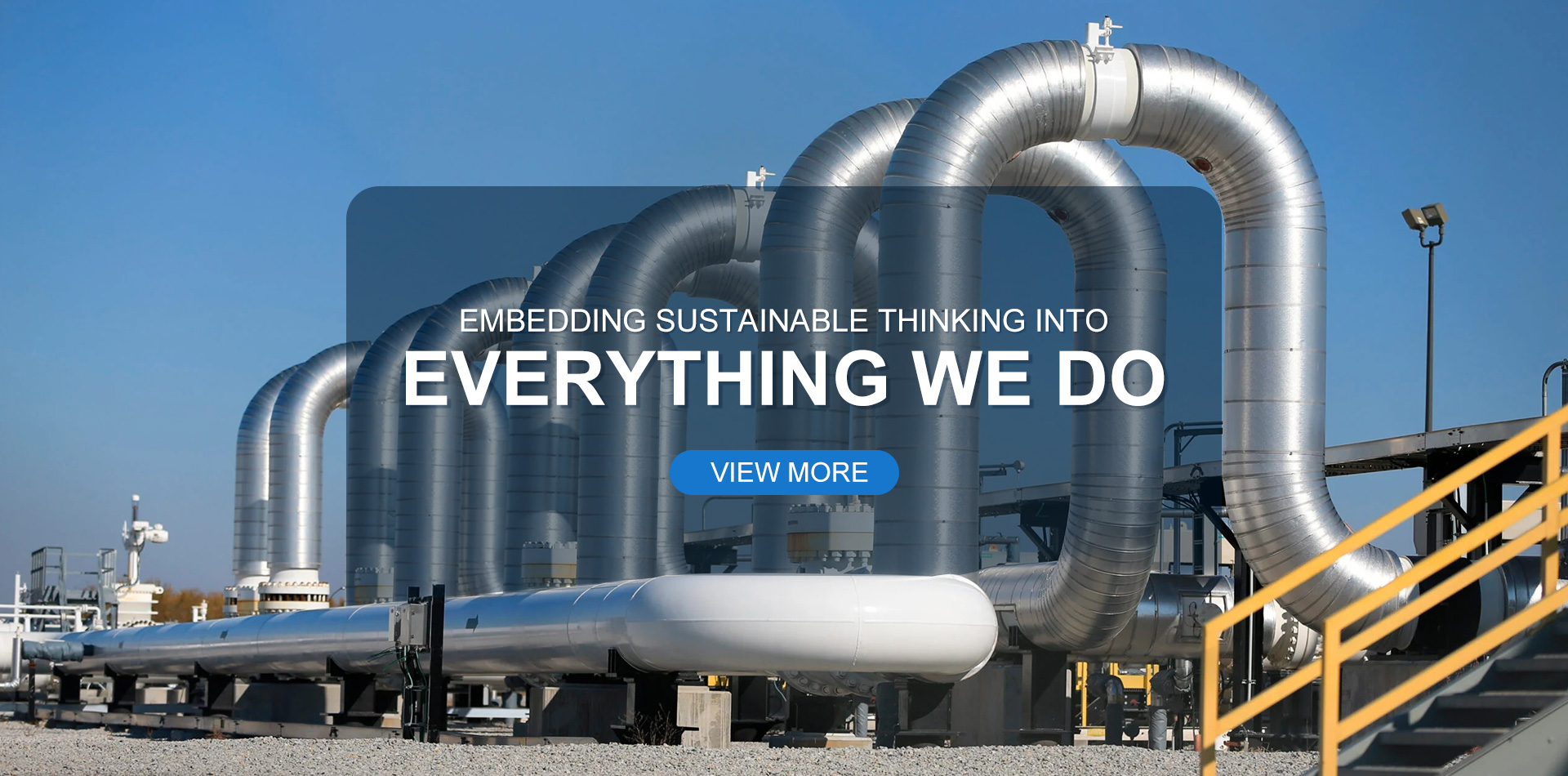
Regulating valve, also known as control valve, is the final control element in the field of industrial automation process control that changes process parameters such as medium flow, pressure, temperature, and liquid level with the help of power operation by receiving the control signal output from the regulating control unit. There are six factors to note when selecting a suitable control valve based on functions.
Regulating Function
1. The valve is required to operate smoothly
2. Good adjustment performance with a small opening
3. Select the required flow characteristics
4. Satisfy the adjustable ratio
5. Small resistance and large flow ratio (ratio of the valve`s rated flow parameter and nominal diameter)
6. Adjust the speed
Leakage and cut-off pressure differential
These are two factors that are inseparable and interrelated. The leakage amount should meet the process requirements, and there are measures to protect the reliability of the sealing surface; the cut-off pressure difference (pressure difference when the valve is closed) must be stated (unfortunately, this parameter is not included in the calculation specifications of regulating valves in many design institutes), so that the selected valve has enough output force to overcome it, otherwise it will cause the actuator to be larger or smaller.
Anti-clogging
Even if the medium is clean, there is still a problem of clogging. This is because unclean things in the pipeline are brought into the regulating valve by the medium, causing blockage. This is a common fault, so the anti-blocking performance of the valve should be considered. Generally, angle control valves have much better anti-blocking performance than straight-through control valves, so the use of quarter-turn control valves will become more and more common in the future.
Corrosion resistance
It includes resistance to erosion, cavitation, and corrosion. It mainly involves the selection of materials and the service life of the valve. At the same time, it also involves economic issues. The essence of this problem should be that the selected valve has good corrosion resistance and is reasonably priced. If you can choose a full PTFE valve, you should not choose a fully corrosion-resistant alloy valve; if you can choose an angle-shaped high-pressure valve with better anti-cavitation effect and simple structure (satisfying a service life of about two years), you should not choose a complicated structure and expensive price. other high-pressure valves.
Pressure and temperature resistance
This involves the selection of the nominal pressure and operating temperature of the regulating valve. In terms of pressure resistance, it is not difficult if the pressure is high, but the pressure difference will cause cavitation. In terms of temperature resistance, it is usually very easy to solve the problem below 450°C, and it is not difficult to solve the problem of 450 to 600°C, but when it reaches 600°C or above, The contradiction will become prominent; when the temperature is 80°C, it is usually not advisable to use soft sealing materials for cut-off control valves, and hard-sealing cutoff should be considered.
Weight and appearance
This question is very intuitive. Valves with good appearance and lightweight must be popular among manufacturers. Here we need to change the prejudice that the regulating valve is an "Uneducated person". It is no big deal if it is heavier or looks worse. Now we attach great importance to it, thus proposing that the regulating valve should have the characteristics of miniaturization, lightness, and instrumentation.




